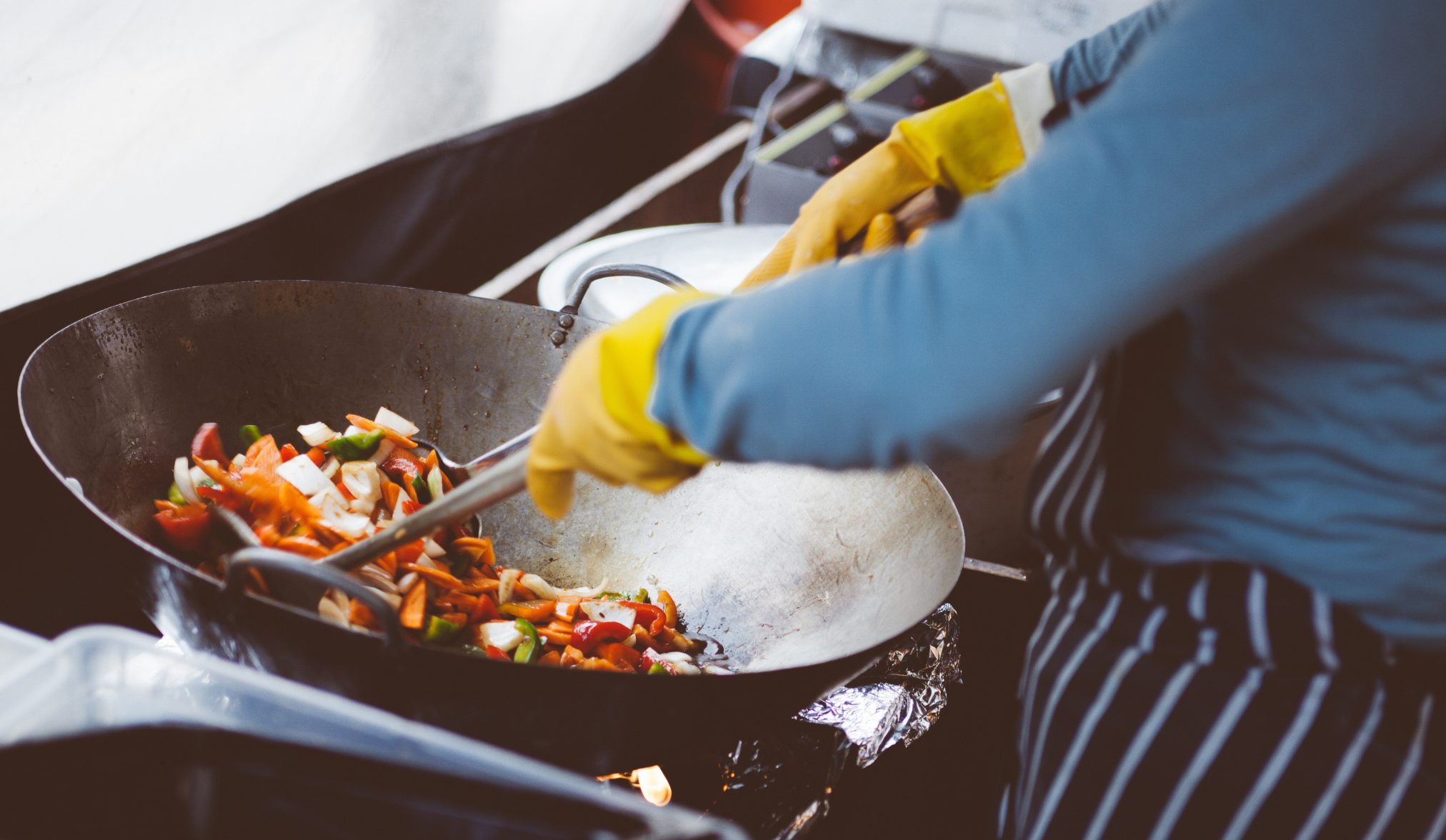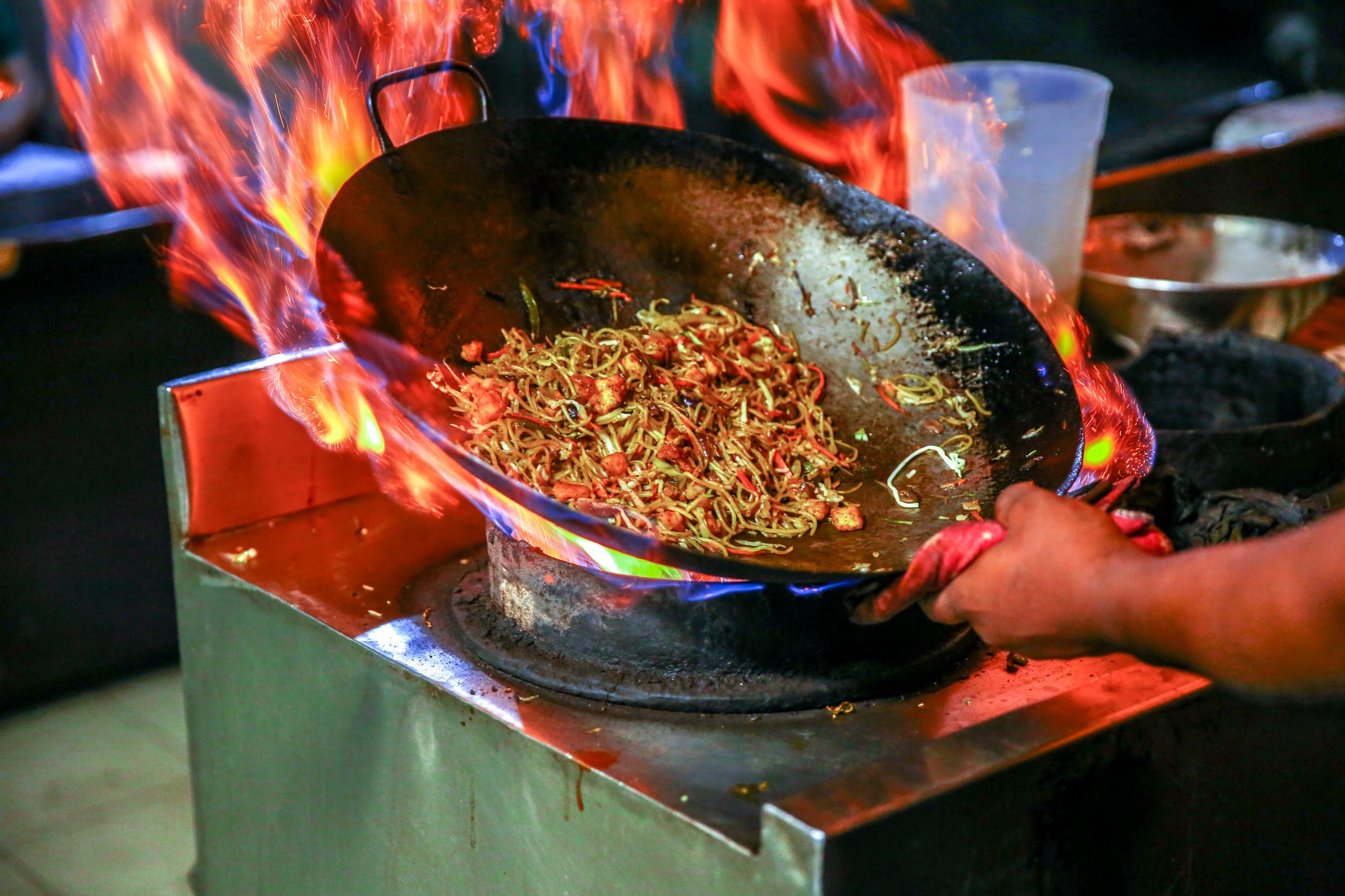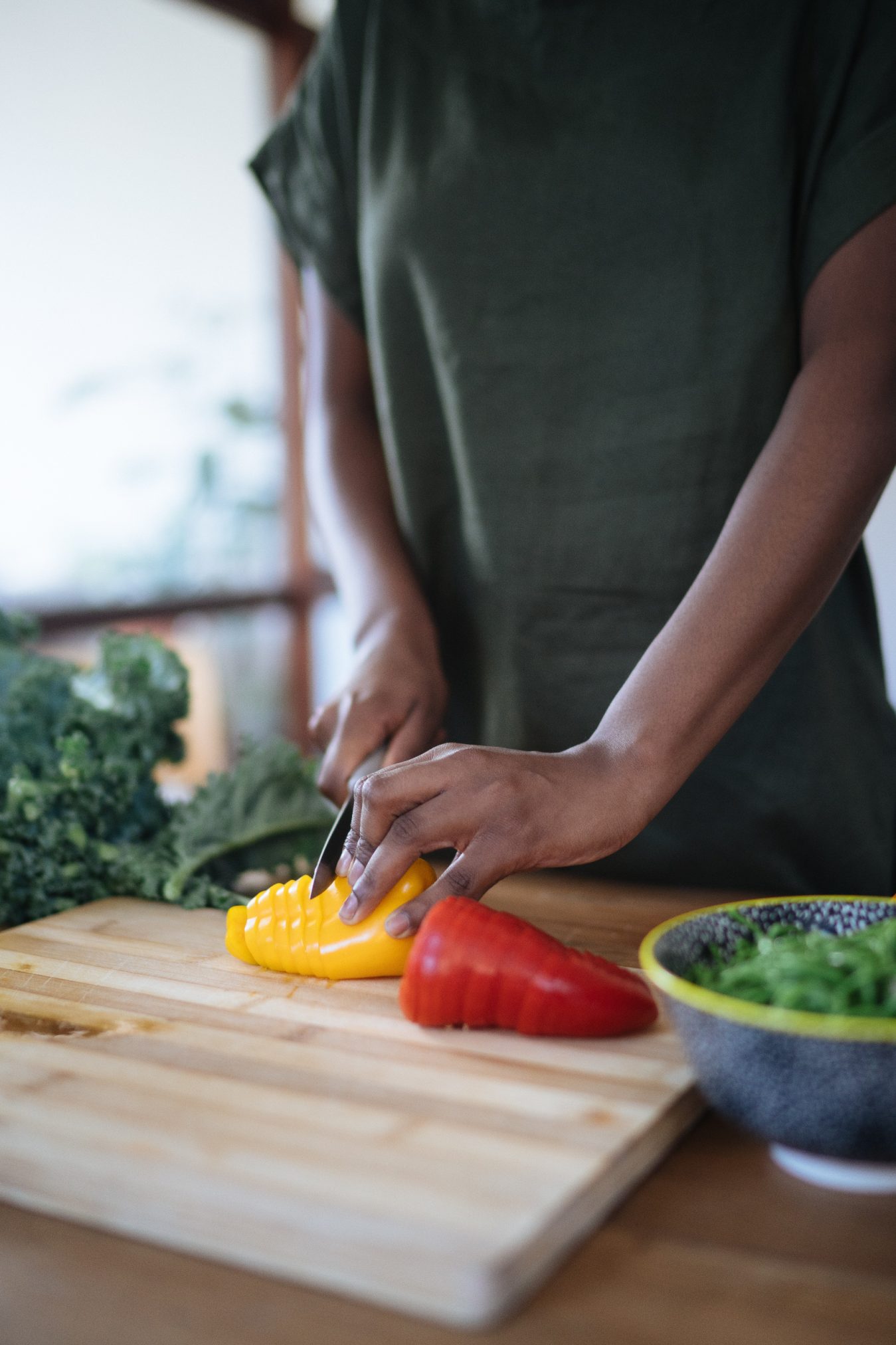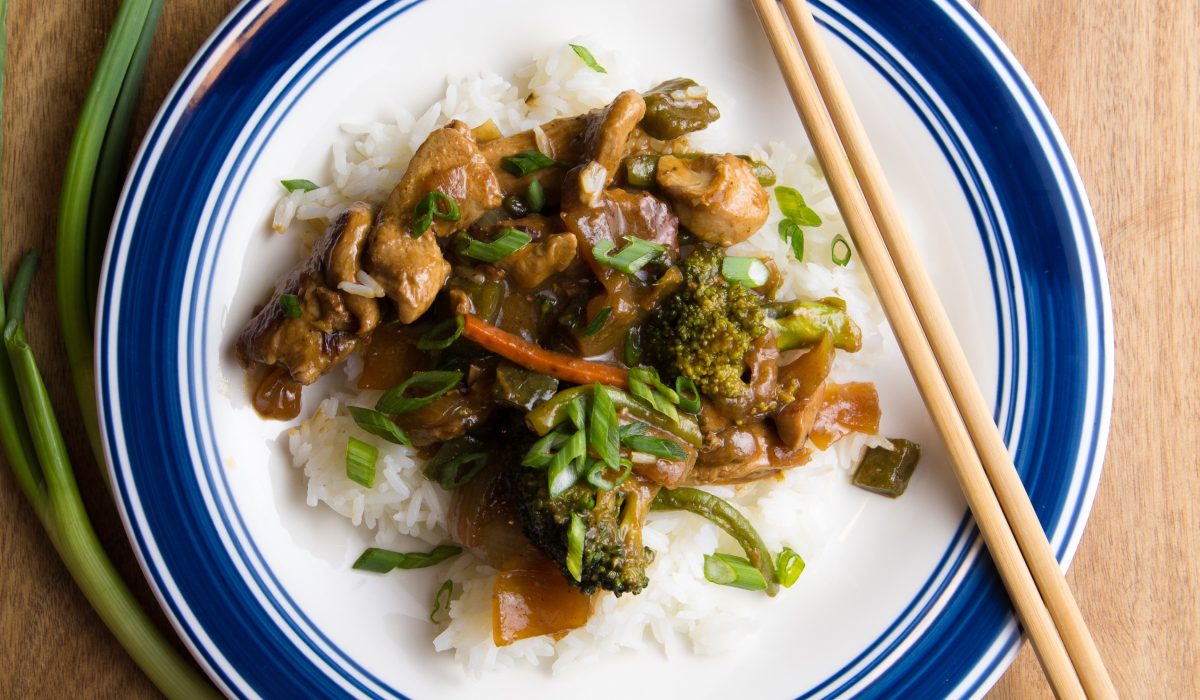History of stir-frying
The earliest record of the origins of stir frying is found on bronze inscriptions on pots and cauldrons from China’s Eastern Zhou period (771-256 BC). Since stir-frying was an effective way to prepare food quickly without wasting fuel, its popularity grew in the mid-1600s, as the costs of wood and charcoal increased during that time. By the 1910s, most Chinese homes had woks.
Stir-frying was introduced to the West in the 19th Century, as Chinese immigrants settled in America. Although many westerners still stir-fry in a pan, the most preferred and undoubtedly authentic method is by using a wok.
The Wok
What is unique about stir-frying in a wok is that its shape provides different zones of heat and allows for the tossing motion while frying.
A carbon steel wok is more commonly recommended – 35cm in diameter and 1.5-2mm thick. And since most households don’t have a specific wok burner, you should probably get a wok with a flat bottom.

The seasoning of a wok occurs every time you cook in it. The key to seasoning your wok and making it non-stick is to properly preheat it and rub it with oil each time you cook. Other than that, you only need to wash with soap every so often and make sure it stays dry.

Important techniques
When stir-frying, most of the work comes before the food hits the wok. Mise en place is the most important part, since once you actually start cooking, everything happens very quickly. Because a stir fry is normally eaten with chopsticks, it’s important to cut your ingredients into bite sized pieces.


An important technique for stir-frying, according to Chef and food science writer J. Kenji López-Alt – author of “The Wok: Recipes and Techniques”, is washing the meat before cooking it. Kenji recommends putting the meat into a bowl, covering with cold water and massaging it while you wash the meat. The goal is to squeeze out a pigment called Myoglobin, which will allow marinades and sauces to penetrate better. And by squeezing the meat, you will also loosen up the muscle fibers, which will make the meat a lot more tender.
After washing the meat, Kenji marinates it in an alkaline marinade, with baking soda, salt, sugar, light soy sauce, Shaoxing wine, sesame oil and cornstarch.
A crucial step is getting the wok to a very high temperature – around 300°C. Once your wok is really hot, you will add oil, swirl it around and add the food straight away, starting with the aromatics (garlic, ginger, scallions, chilies), so the oil doesn’t get a chance to burn. What you don’t want to do is overcrowd your wok, so remember to cook in batches and toss and stir constantly.
Add sauce at the end by doing a swirling motion as opposed to adding it all to the middle of the wok. By adding it to the side of the wok, the sauce gets seared and develops a smokier flavour.
If you want to try your hand at Stir-Frying, here’s a simple Fried Rice recipe that will take no longer than 25 minutes from start to finish:



